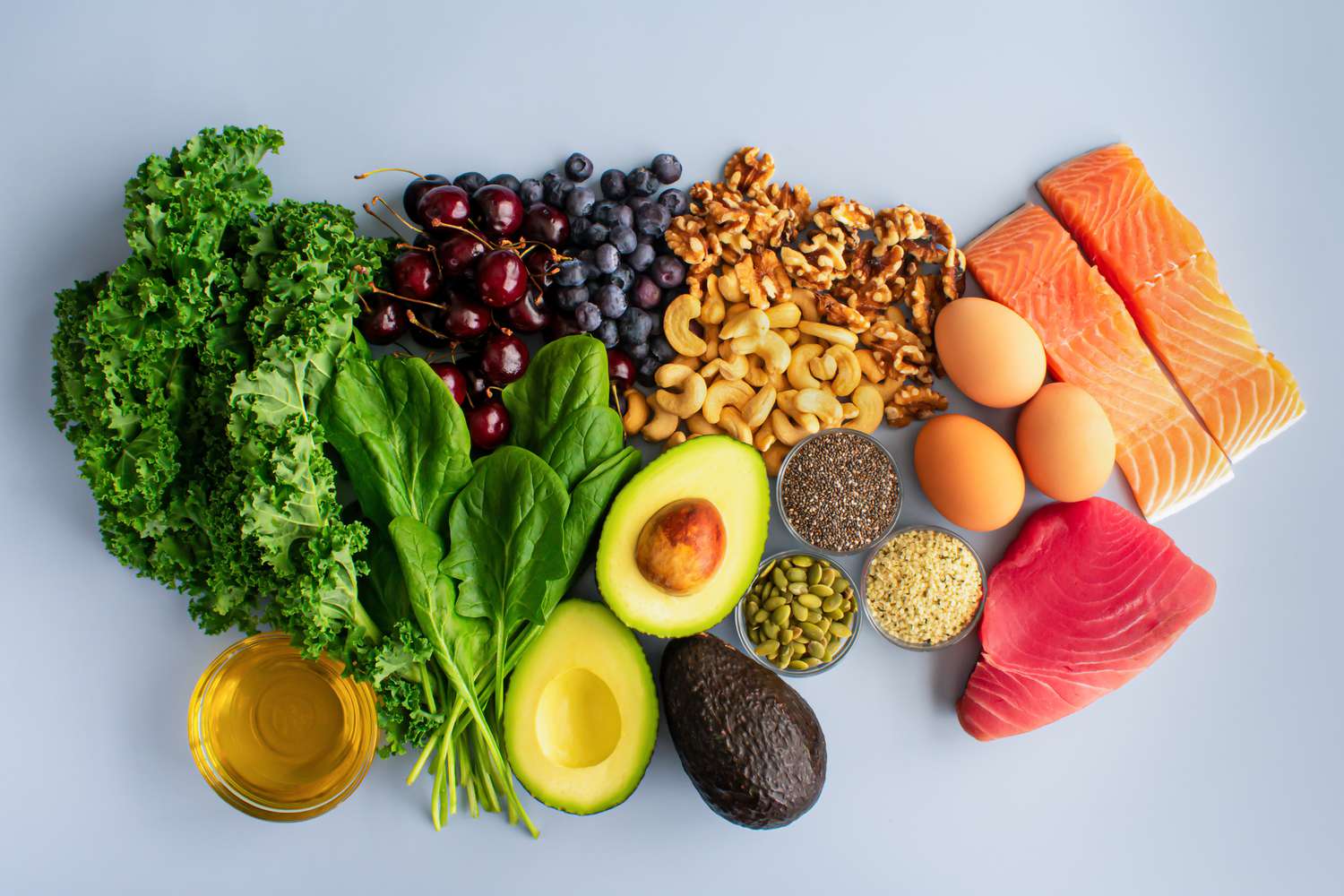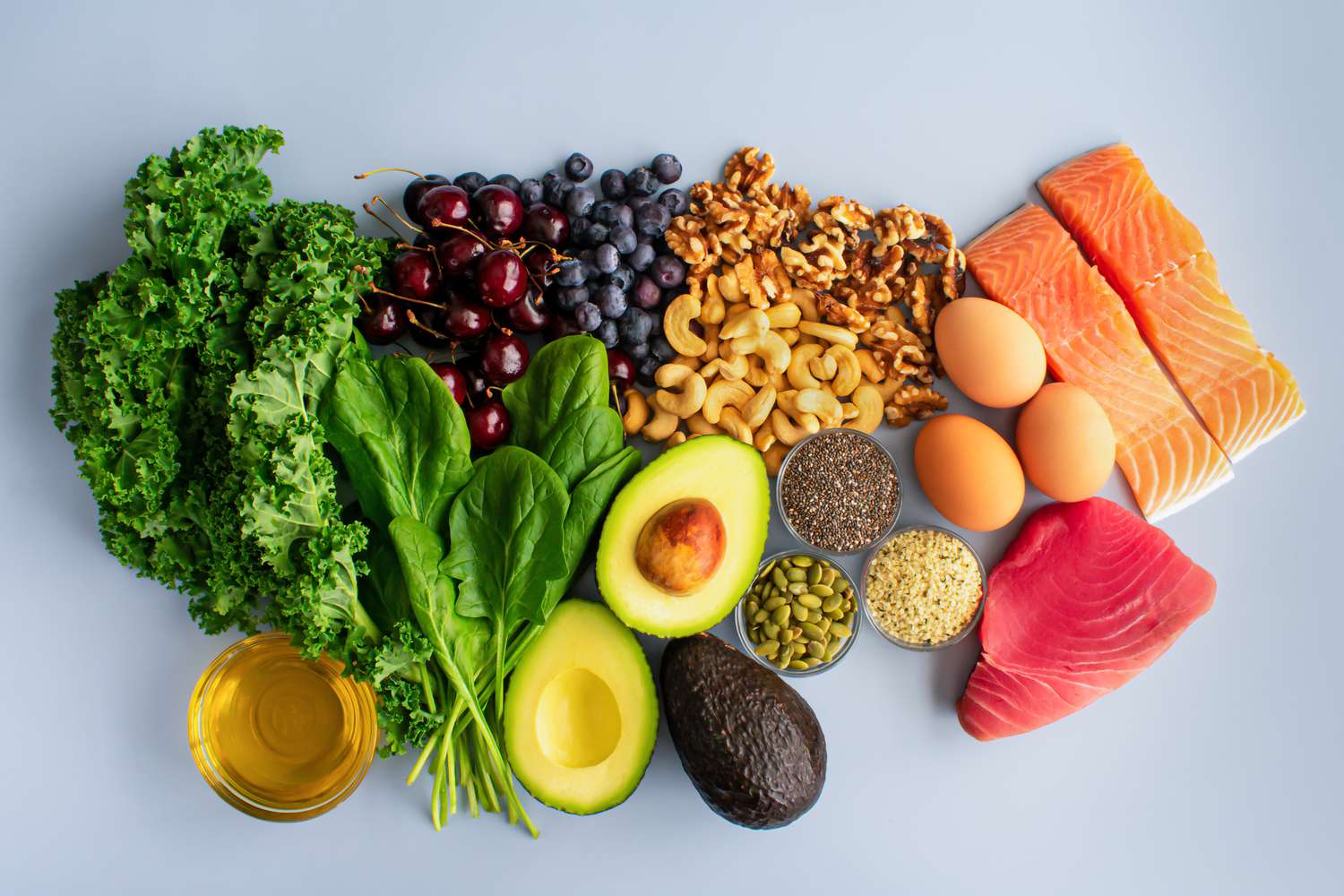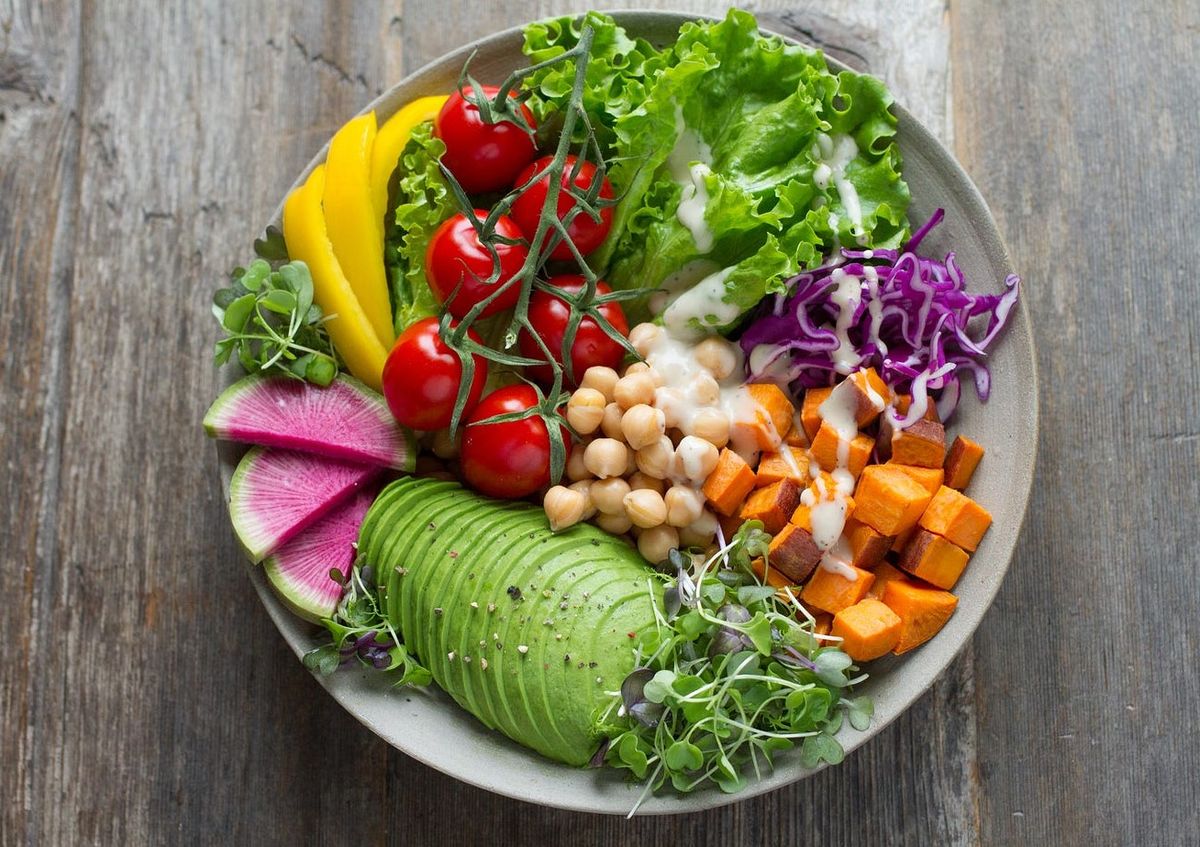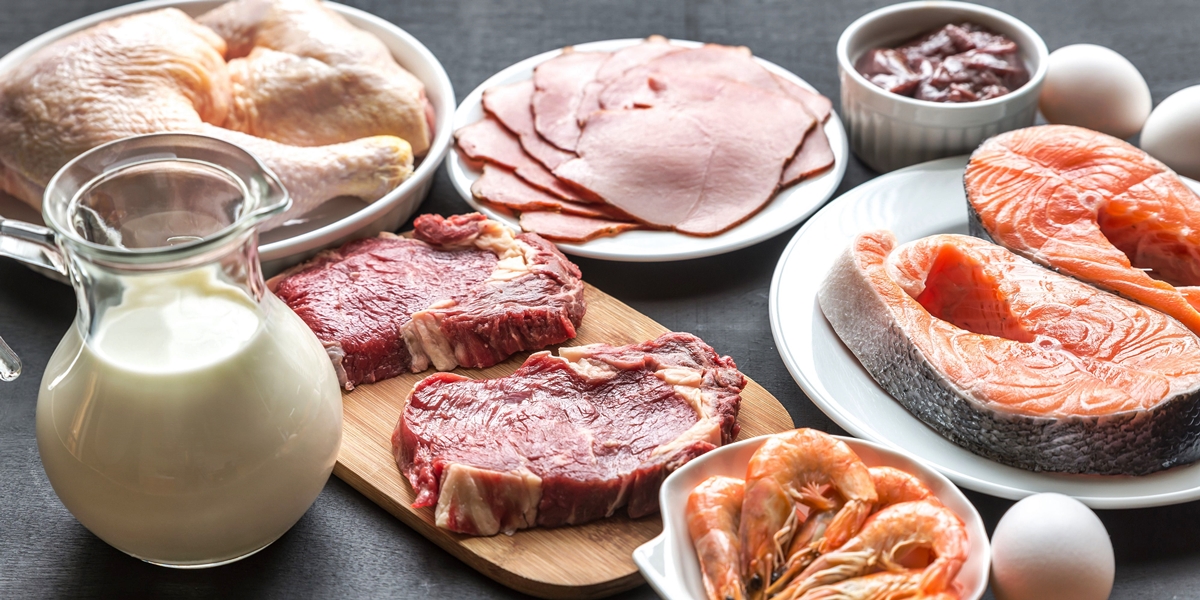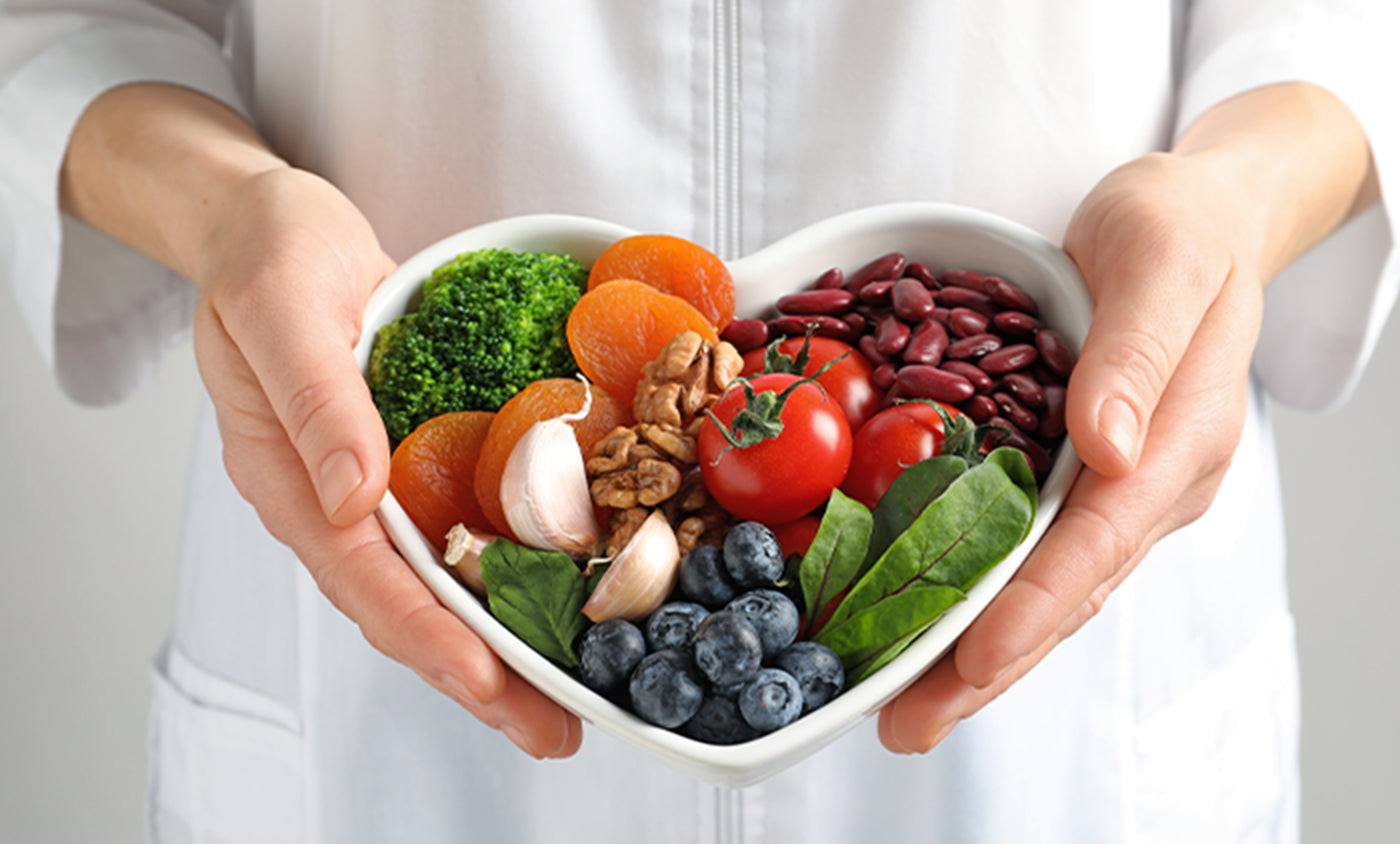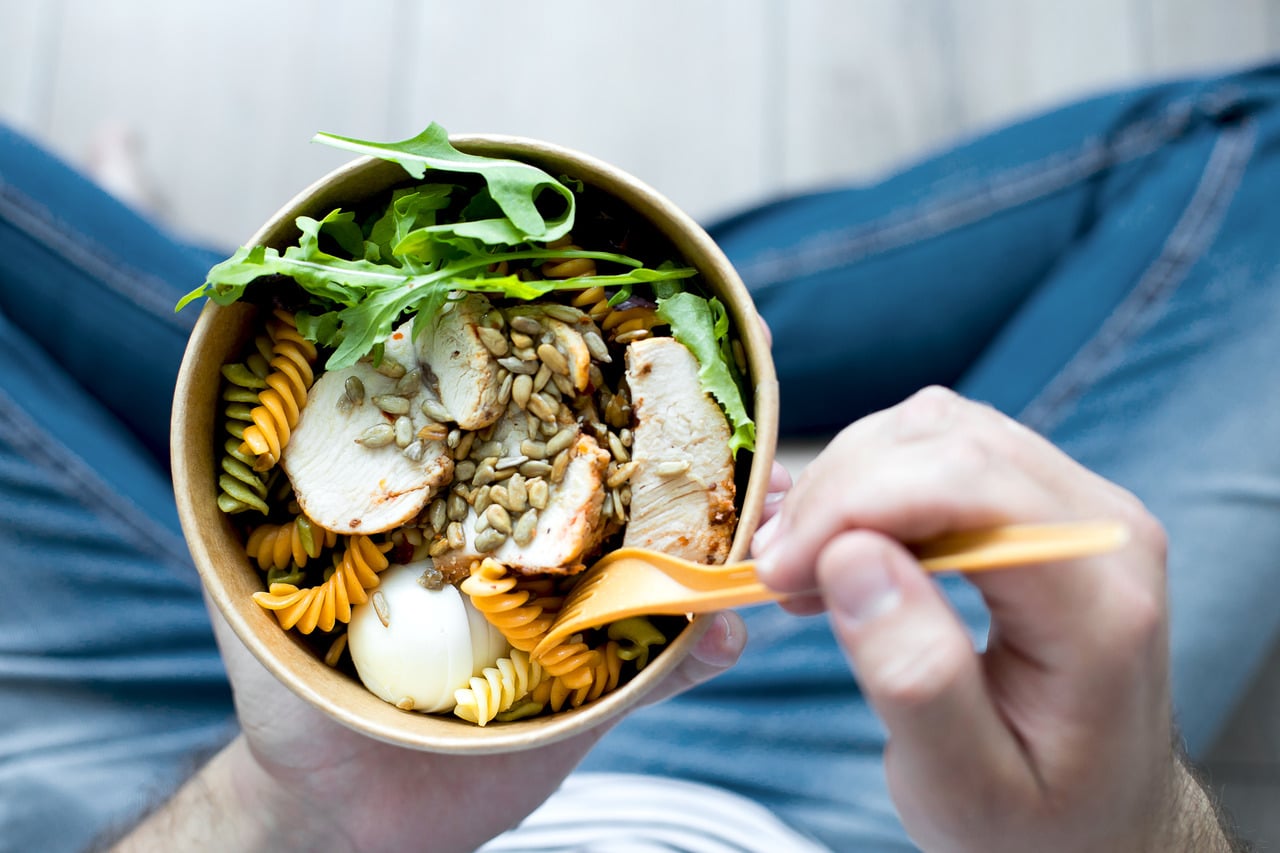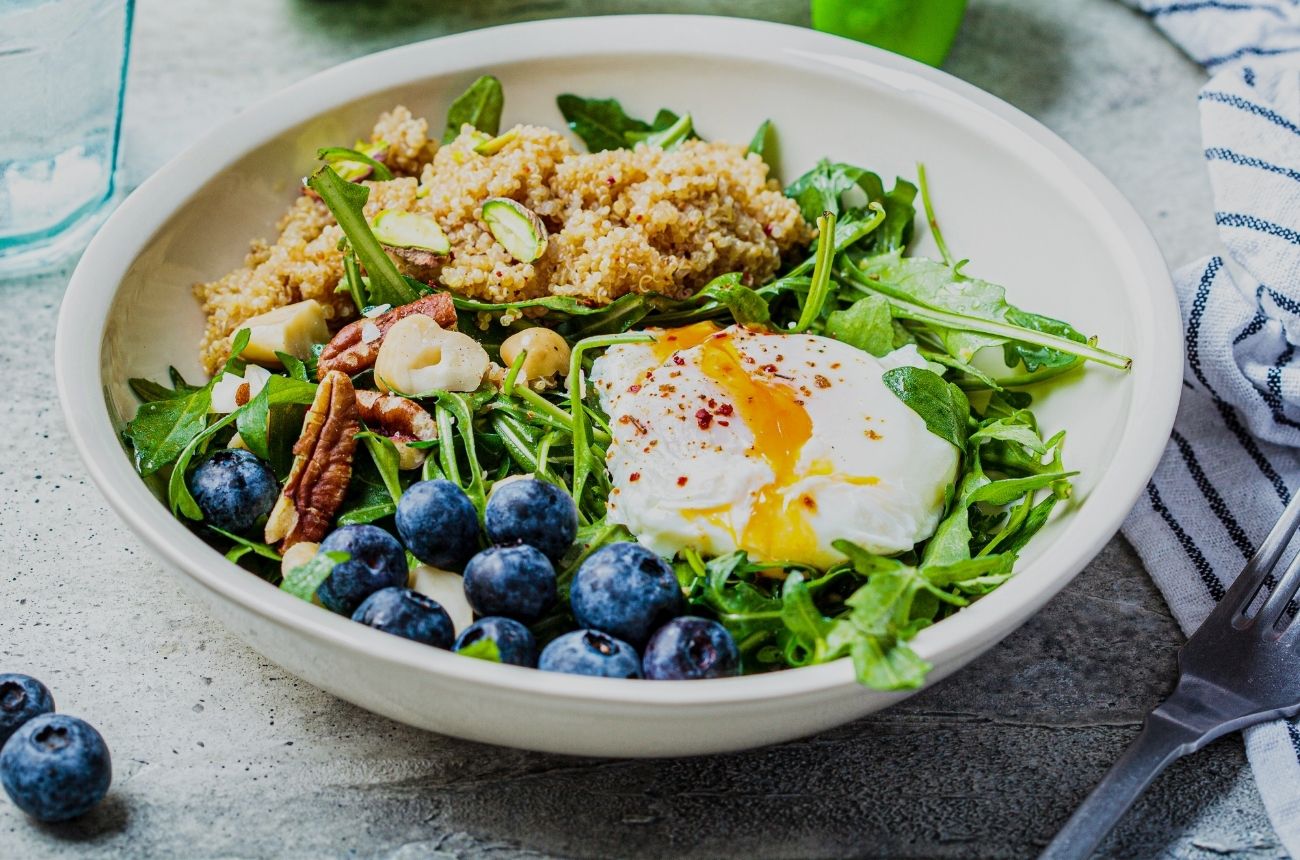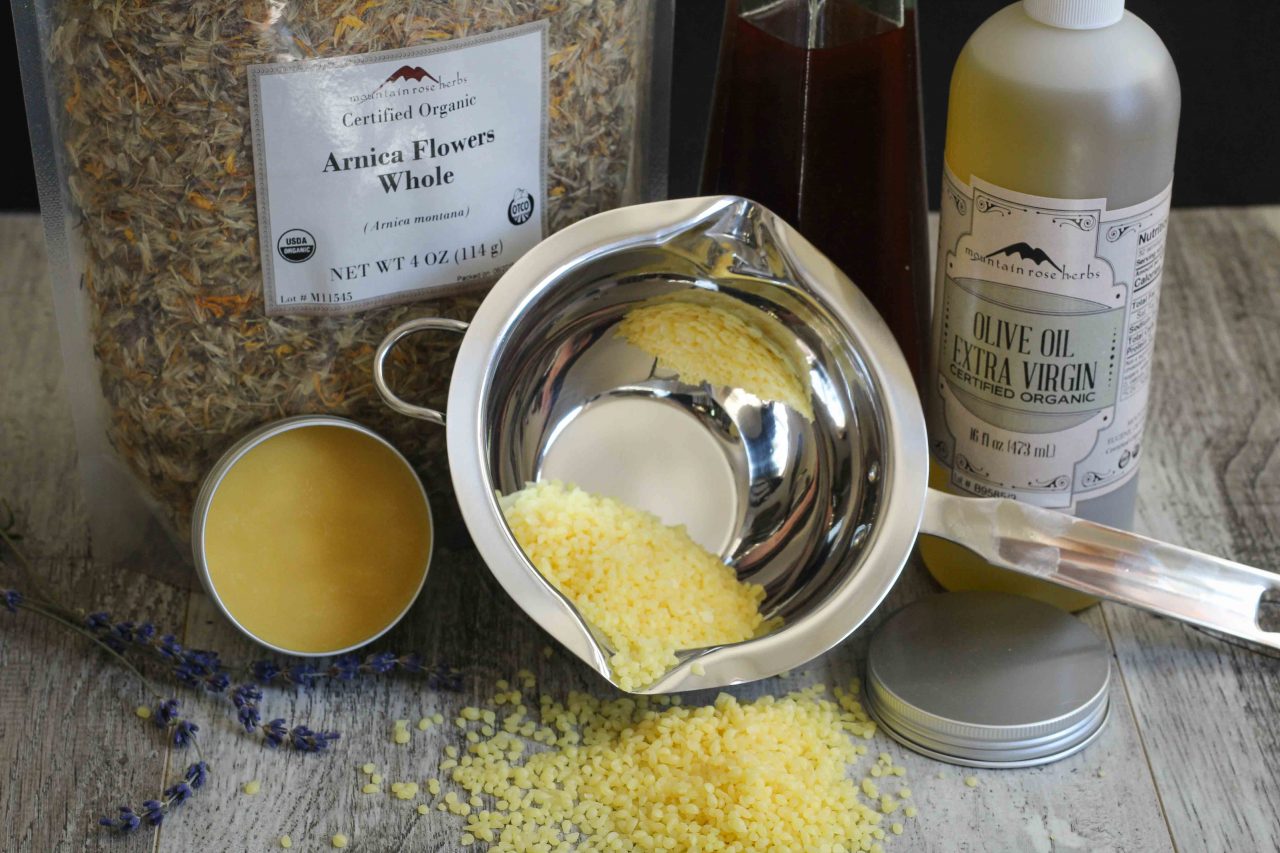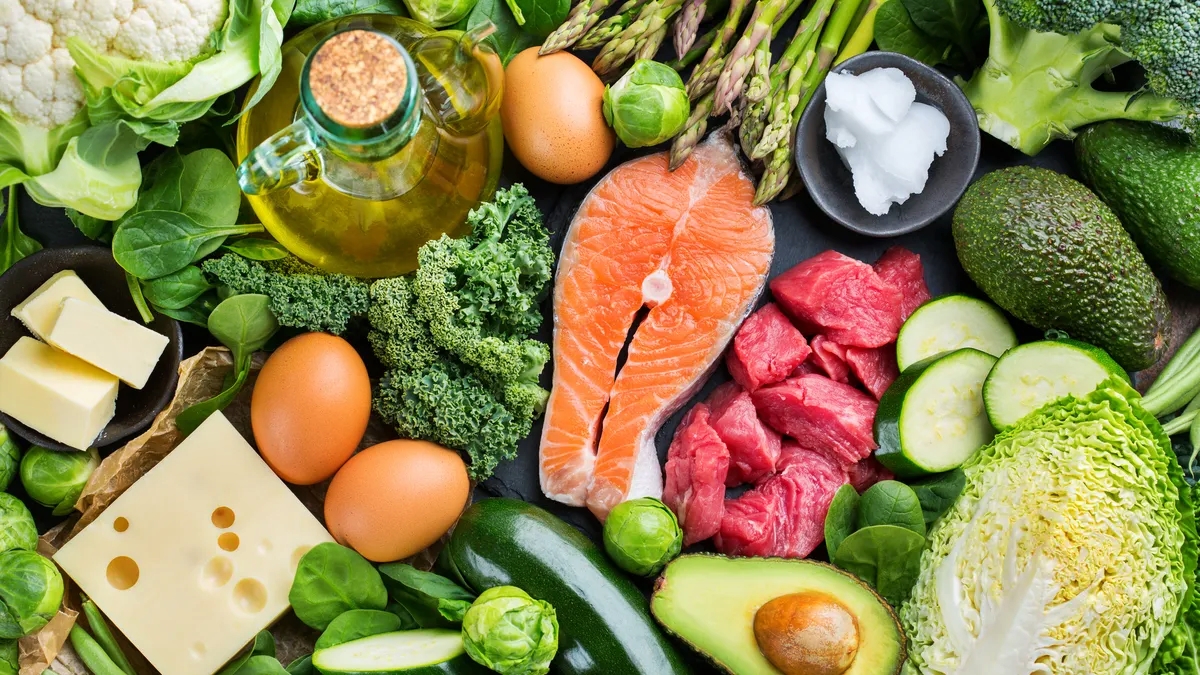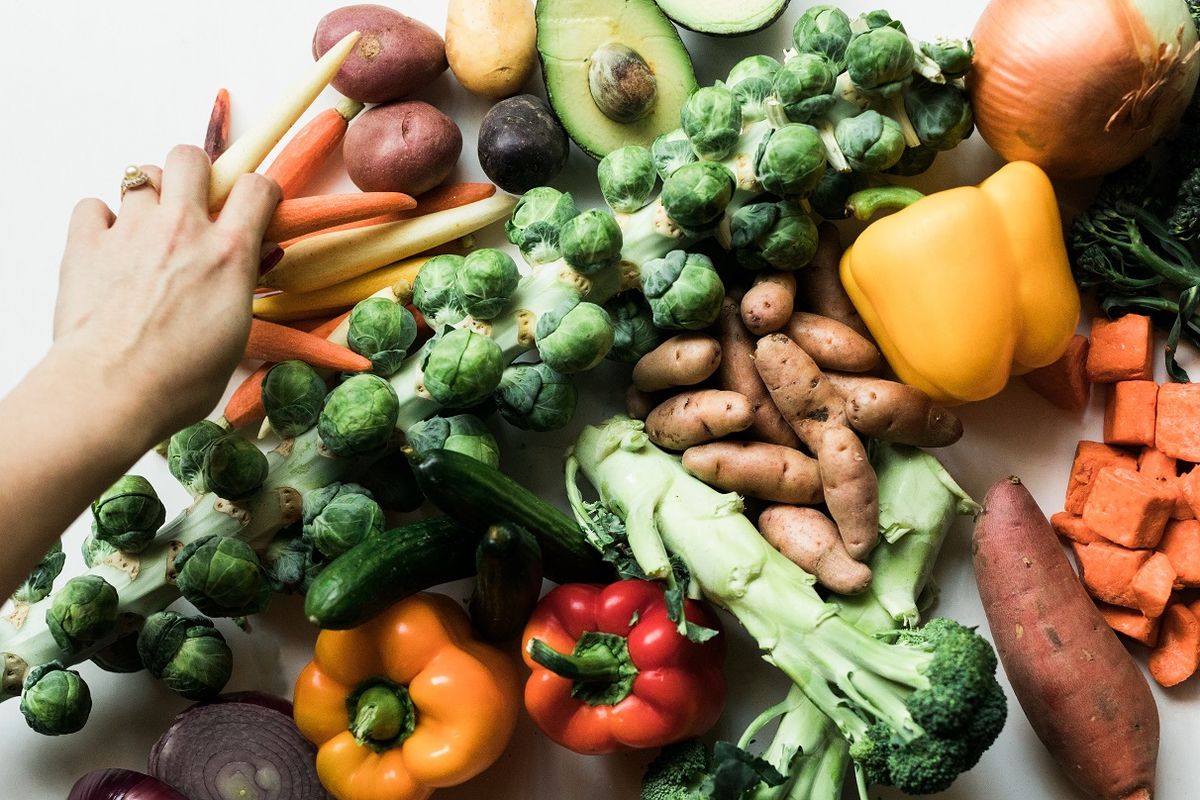Understanding the Luteal Phase
The luteal phase is the second half of the menstrual cycle, which occurs after ovulation and before the start of the next period. During this phase, the body experiences a rise in the hormone progesterone, which can lead to various physical and emotional changes in women. These changes can also impact appetite and food cravings, making it important to pay attention to nutrition during this time.
Managing Food Cravings
Many women experience cravings for certain types of food during the luteal phase. While it’s okay to indulge in these cravings occasionally, it’s important to maintain a balanced diet. Here are some tips for managing food cravings:
- Include plenty of fruits and vegetables in your diet to satisfy cravings for sweets.
- Opt for whole grains to keep you feeling full and satisfied for longer periods.
- Choose healthy fats such as avocados and nuts to curb cravings for fatty foods.
- Stay hydrated by drinking plenty of water, as dehydration can sometimes be mistaken for hunger.
Supporting Hormonal Balance
During the luteal phase, it’s important to focus on foods that support hormonal balance. This includes incorporating nutrients that can help alleviate symptoms such as bloating, mood swings, and fatigue. Here are some key nutrients to include in your diet:
- Magnesium: Found in foods like spinach, almonds, and dark chocolate, magnesium can help reduce bloating and improve mood.
- Vitamin B6: Foods rich in vitamin B6, such as chickpeas, salmon, and bananas, can help regulate mood and reduce symptoms of PMS.
- Omega-3 fatty acids: Incorporate sources of omega-3 fatty acids, such as salmon, chia seeds, and walnuts, to support overall hormonal balance.
Maintaining Stable Blood Sugar Levels
Fluctuations in blood sugar levels can contribute to mood swings and cravings during the luteal phase. To help stabilize blood sugar, consider the following dietary strategies:
- Eat regular meals: Aim to eat small, balanced meals and snacks throughout the day to prevent blood sugar spikes and crashes.
- Include protein: Incorporate protein-rich foods like eggs, Greek yogurt, and tofu to help maintain steady blood sugar levels.
- Limit refined carbohydrates: Minimize consumption of sugary treats and refined grains, as they can lead to rapid blood sugar fluctuations.
Practicing Mindful Eating
During the luteal phase, it’s important to pay attention to hunger and fullness cues and practice mindful eating. This involves being present while eating, savoring each bite, and listening to your body’s signals. By being mindful of your food choices and eating habits, you can better manage cravings and make nourishing choices for your body.
Conclusion
The luteal phase can bring about changes in appetite and food cravings, but with mindful eating and a focus on balanced nutrition, it’s possible to support your body through this phase of the menstrual cycle. By incorporating nutrient-dense foods, managing cravings, and supporting hormonal balance, you can navigate the luteal phase with a greater sense of well-being and vitality.
